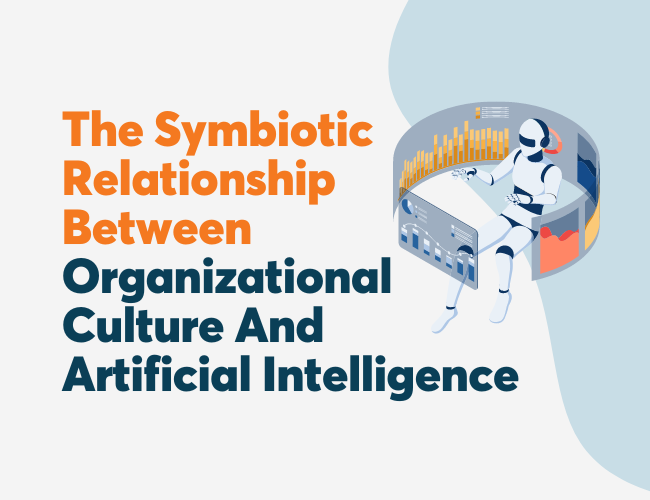Why do so many employers incentivize biometric screenings or annual physicals for all employees? The underlying belief is that the results from these services will identify diseases early and allow employees to take measures to treat them before they end up in the emergency room or in another high cost situation. Intuitively, this makes sense. So much so that it is often cited as a pillar of healthcare reform. Unfortunately, the data shows that none of this is true.
Let’s start with emergency room use. The Affordable Care Act provided millions of Americans access to preventive healthcare. Theoretically, this should have resulted in less emergency room use, but the opposite occurred. The same results happened in Oregon and Massachusetts, which is access to insurance led to more emergency room visits. For employers, this means that despite identifying diseases and risk factors early, employees may still go to the emergency room out of convenience. The answer to lower these costs may not be more screenings; rather, education on healthcare utilization and/or price transparency may be the path toward lowering emergency room visits.
One study reviewed 20 proven preventive services recommended by the U.S. Preventive Task Force (USPTF) and modeled what would happen if 90% of these services were used, which is much higher usage than the vast majority of employers. These services included immunizations, counseling, and screening for diseases – many of which are popular with employee wellness programs. The study, which was modeled for the entire U.S. healthcare system, estimated savings of $3.7 billion in 2006, which is only 0.2% of personal healthcare spending that year. One of the reasons this occurs is because the USPTF does not model costs into its calculations; it models service effectiveness and a preponderance of benefits and harms. This means that when a service has benefits that outweigh the harms, it is recommended, even if does not save money.
Another study of studies from the Robert Wood Johnson Foundation’s Synthesis Project also explored the effectiveness of preventive clinical care. Researchers analyzed 500 peer-reviewed studies that looked at primary (stopping something from happening in the first place) or secondary (stopping something from getting worse) prevention. Only two interventions (child immunizations and adult counseling on the use of low-dose aspirin) showed true cost savings. Not many employee wellness programs are focused on these clinical preventive services.
The information above demonstrates how preventive screenings do not save money, and these analyses do not take the large incentives employers need to offer as part of employee wellness programs into consideration. There is no question that popularity of biometric screenings is waning, but for those people and organizations that have been preaching how they do not save money for years, the end to these types of programs is long overdue.












